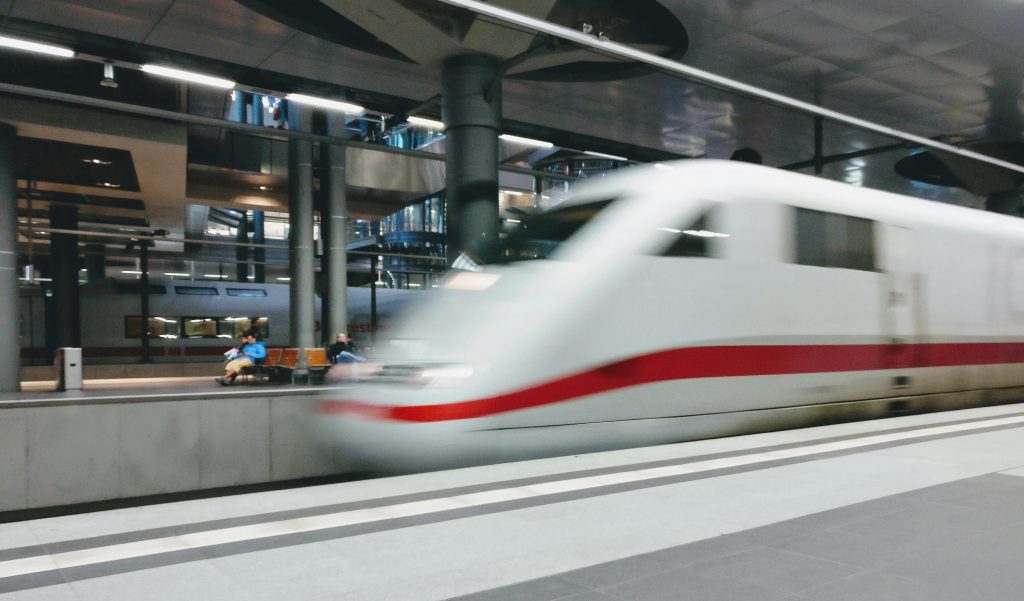What the Public Really Wants from Modern Transportation
Transportation is about getting from point A to point B and shaping our lives and world. Innovation in transportation requires smart policies that encourage R&D, incentivize private-sector innovation, and promote competition and consumer choice. The future of transportation will see significant shifts towards sustainable, reliable, and inclusive systems that satisfy the public’s demands and enhance […]
